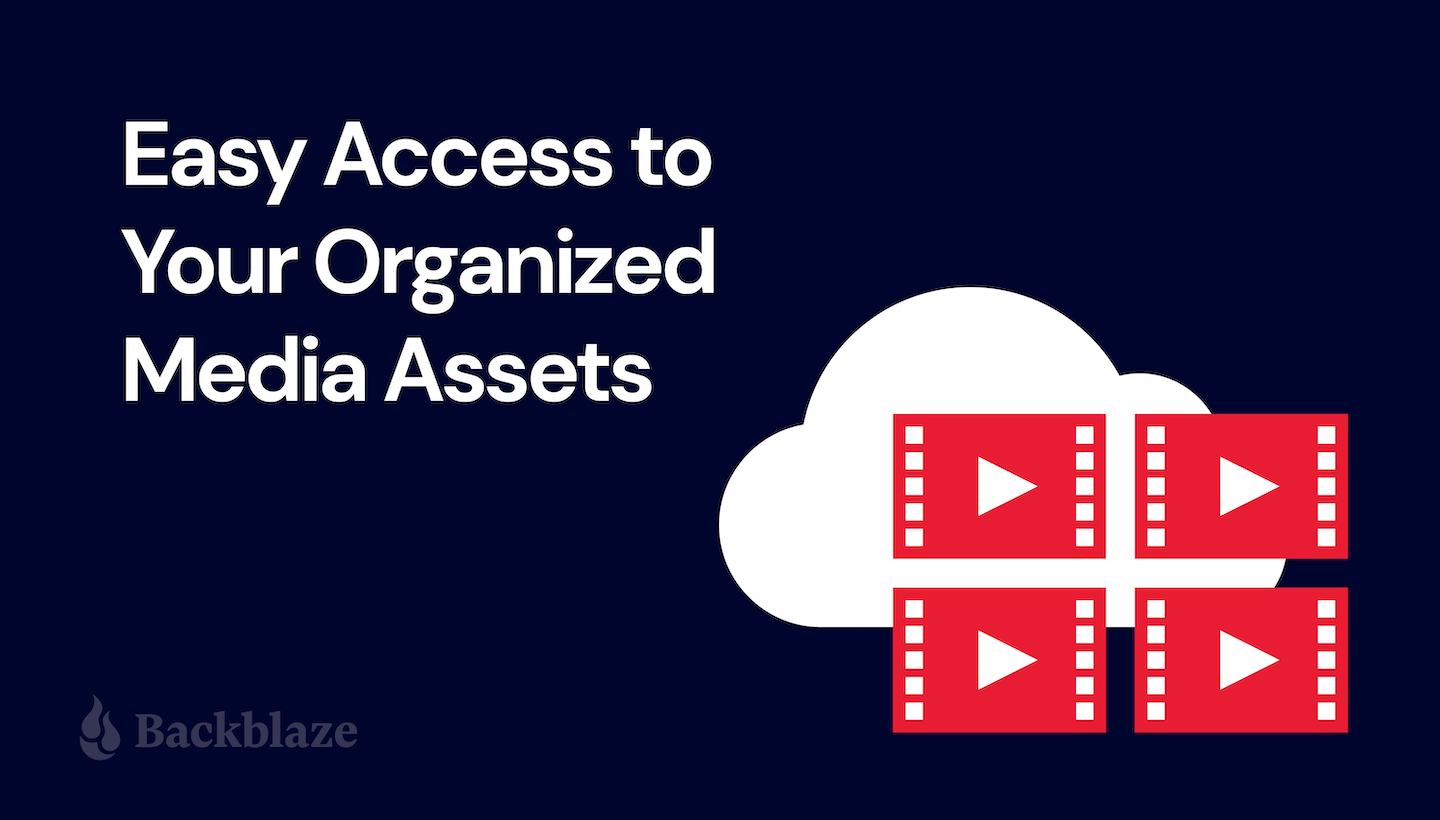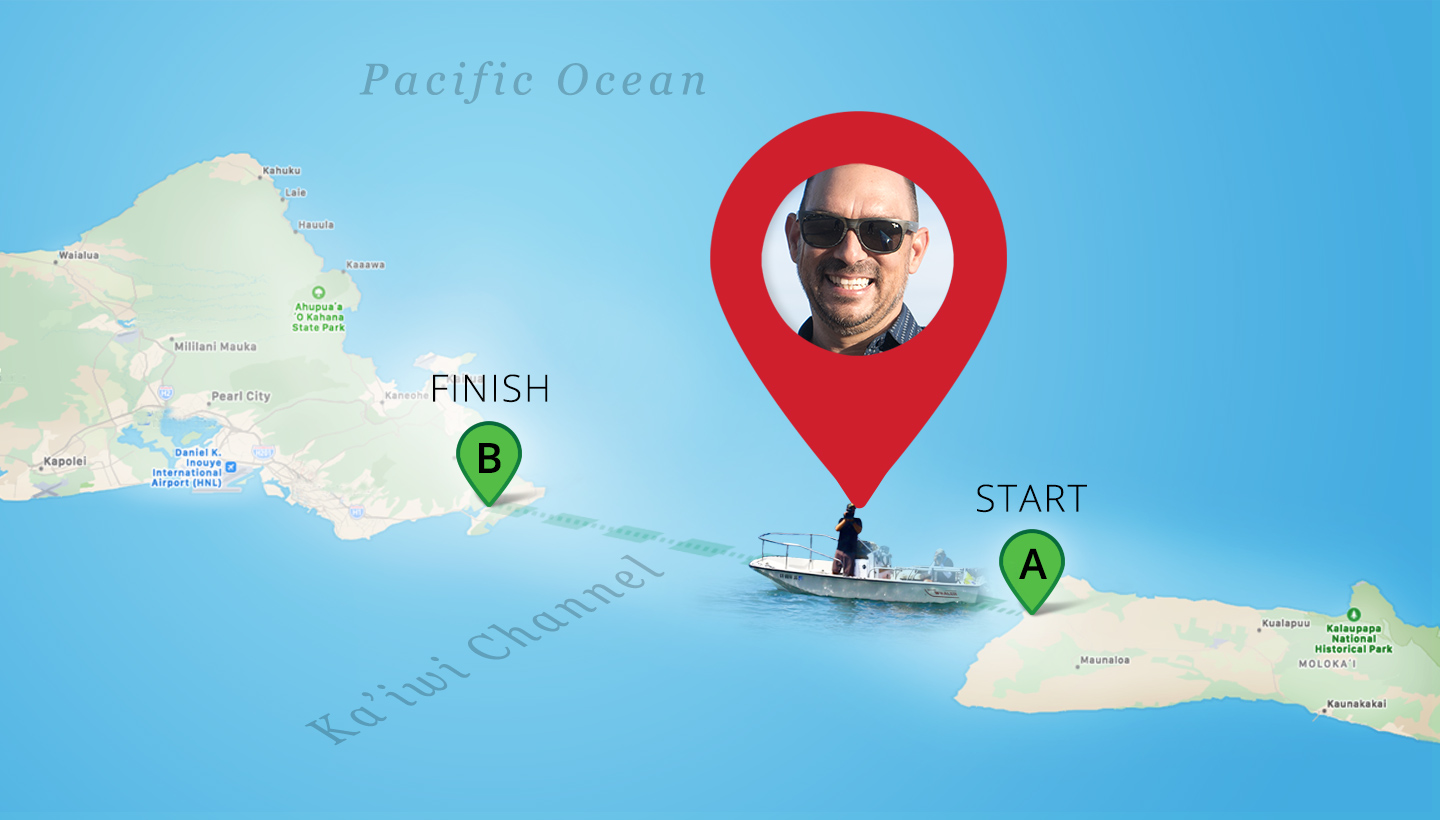
The Digital Nomads Series
In this blog series, we explore how you can master the nomadic life—whether for a long weekend, an extended working vacation, or maybe even the rest of your career. We profile professionals we’ve met who are stretching the boundaries of what (and where) an office can be, and glean lessons along the way to help you to follow in their footsteps. In our first post in the series, we provided practical tips for working on the road. In this edition, we profile Chris Aguilar, Amphibious Filmmaker.
There are people who do remote filming assignments, and then there’s Chris, the Producer/Director of Fin Films. For him, a normal day might begin with gathering all the equipment he’ll need—camera, lenses, gear, cases, batteries, digital storage—and securing it in a waterproof Pelican case which he’ll then strap to a paddleboard for a long swim to a race boat far out on the open ocean.
This is because Chris, a one-man team, is the preeminent cinematographer of professional paddleboard racing. When your work day involves operating from a beachside hotel, and being on location means bouncing up and down in a dinghy some 16 miles from shore, how do you succeed? We interviewed Chris to figure out.

Getting Ready for a Long Shoot
To save time in the field, Chris does as much prep work as he can. Knowing that he needs to be completely self-sufficient all day—he can’t connect to power or get additional equipment—he gathers and tests all of the cameras he’ll need for all the possible shots that might come up, packs enough SD camera cards, and grabs an SSD external drive large enough to store an entire day’s footage.
Chris edits in Adobe Premiere, so he preloads a template on his MacBook Pro to hold the day’s shots and orders everything by event so that he can drop his content in and start editing it down as quickly as possible. Typically, he chooses a compatible format that can hold all of the different content he’ll shoot. He builds a 4K timeline at 60 frames per second that can take clips from multiple cameras yet can export to other sizes and speeds as needed for delivery.

Days in the Life
Despite being in one of the most exotic and glamorous locations in the world (Hawaii), covering a 32-mile open-ocean race is grueling. Chris’s days start as early as 5AM with him grabbing shots as contestants gather, then filming as many as 35 interviews on race-day eve. He does quick edits of these to push content out as quickly as possible for avid fans all over the world.
The next morning, before race time, he double-checks all the equipment in his Pelican case, and, when there’s no dock, he swims out to the race- or camera boat. After that, Chris shoots as the race unfolds, constantly swapping out SD cards. When he’s back on dry land his first order of business is copying over all of the content to his external SSD drive.
Even after filming the race’s finish, awards ceremonies, and wrap-up interviews, he’s still not done: By 10PM he’s back at the hotel to cut a highlight reel of the day’s events and put together packages that sports press can use, including the Australian press that needs content for their morning sports shows.
For streaming content in the field, Chris relies on Google Fi through his phone because it can piggyback off of a diverse range of carriers. His backup network solution is a Verizon hotspot that usually covers him where Google Fi cannot. For editing and uploading, he’s found that he can usually rely on his hotel’s network. When that doesn’t work, he defaults to his hotspot, or a coffee shop. (His pro tip is that, for whatever reason, the Starbucks in Hawaii typically have great internet.)

Building a Waterproof Camera Shoot Kit
After years of shooting open-ocean events, Chris has settled on a tried and true combination of gear—and it all fits in a single, waterproof Pelican 1510 case. His kit has evolved to be as simple and flexible as possible, allowing him to cover multiple shooting roles in a hostile environment including sand, extreme sun-glare on the water, haze, fog, and of course, the ever-present ocean water.
At the same time, his gear needs to accommodate widely varied shooting styles: Chris needs to be ready to capture up close and personal interviews; wide, dramatic shots of the pre-race ceremonies; as well as a combination of medium shots of several racers on the ocean and long, telephoto shots of individuals—all from a moving boat bobbing on the ocean. Here’s his “Waterproof Kit List”:
The Case
Pelican 1510
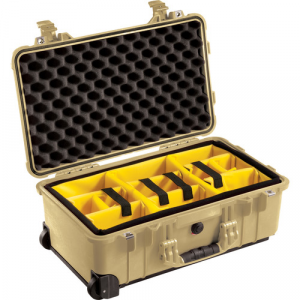
The Cameras
Chris likes compact, rugged camcorders from Panasonic. They have extremely long battery life, and the latest generation have large sensor sizes, wide dynamic range and even built-in ND filter wheels to compensate for the glare on the water. He’ll also bring other cameras for special shots, like an 8mm film camera for artistic shots, or a GoPro for the classic ‘from under the sea to the waterline’ shots.
Primary Interview Camera
- Panasonic EVA1 5.7K Compact Cinema Camcorder 4K 10b 4:2:2 with EF lens-mount (with rotating lens kit depending on the event)

Action Camera and B-Roll
- Panasonic AG-CX350 (or EVA1 kitted out similarly if the CX350 isn’t available)
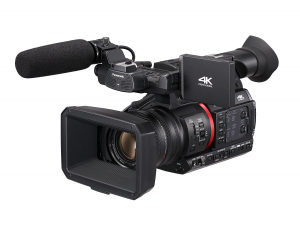
Stills and Video
- Panasonic GH5 20.3MP and 4K 60fps 4:2:2 10-b Mirrorless ILC camera
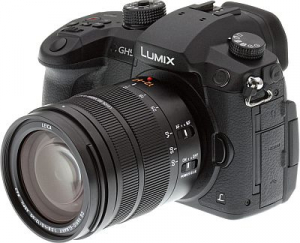
Special Purpose and B-Roll Shots
- Eumig Nautica Super 8 film self-sealed waterproof camera
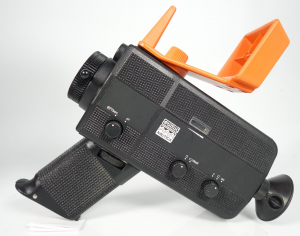
- 4K GoPro in a waterproof dome housing
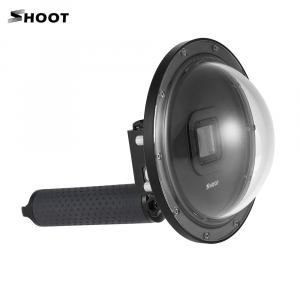
Storage
As a one-person show, Chris invests in enough SD cards for his cameras that can cover the entire day’s shooting without having to reuse cards. Chris will then copy all of those card’s content to a bus-powered SSD drive.
- 8-12 64GB or 128GB SD cards
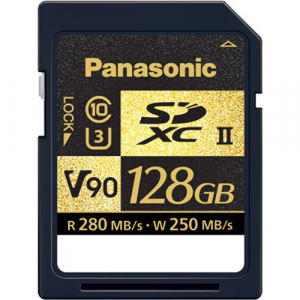
- 1 TB SSD Glyph or G-Tech SSD drive
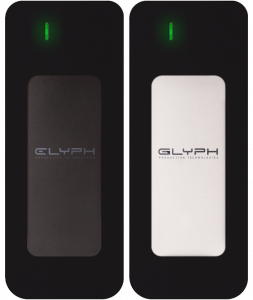
Other Equipment
- Multiple Neutral Density filters. These filters reduce the intensity of all wavelengths without affecting color. With ND filters the operator can dial in combinations of aperture, exposure time and sensor sensitivity without being overexposed, and delivers more ‘filmic’ looks, setting the aperture to a low value for sharper images, or wide open for a shallow depth-of-field
- Extra batteries. Needless to say having extra batteries for his cameras and his phone is critical when he may not be able to recharge for 12 hours or more.
Using the Cloud to Manage His Media Assets
When wrapping up an event’s coverage, all of the content captured needs to be stored and managed. Chris’s previous workflow required transferring the raw and finished files to external drives for storage. That added up to a lot of drives. Chris estimates that over the years he had stored about 20 terabytes of footage on paddleboarding alone.
Managing all those drives proved to be too big of a task for someone who is rarely in his production office. Chris needed access to his files from wherever he was, and a way to view, catalog, and share the content with collaborators.
As he got his approach dialed to accommodate remote broadband speed, storage drive wrangling, inexpensive cloud storage, and cloud-based digital asset management systems, putting all his content into the cloud became an option for Chris. Using Backblaze’s B2 Cloud Storage for media along with iconik content management software, what used to take several days in the office searching through hard drives for specific footage to edit or share with a collaborator now involves just a few keyword searches and a matter of minutes to share via iconik.
For a digital media nomad like Chris, digitally native solutions based in the cloud make a lot of sense. Plus, Chris knows that the content is safely and securely stored, and not exposed to transport challenges, accidents (including those involving water), and other difficulties that could spoil both his day and that of his clients.
Learn More About How Chris Works Remotely
You can learn more about Chris, Fin Film Company, and how he works from the road in our case study on Fin Films. We’ve also linked to Chris’s Kit Page for those of you who just can’t get enough of this gear…
We’d Love to Hear Your Digital Nomad Stories
If you consider yourself a digital nomad and have an interesting story about using Backblaze Cloud Backup or B2 Cloud Storage from the road (or wherever), we’d love to hear about it, and perhaps feature your story on the blog. Tell us what you’ve been doing on the road at mailbag@backblaze.com.
You can view all the posts in this series on the Digital Nomads page in our Blog Archives.





